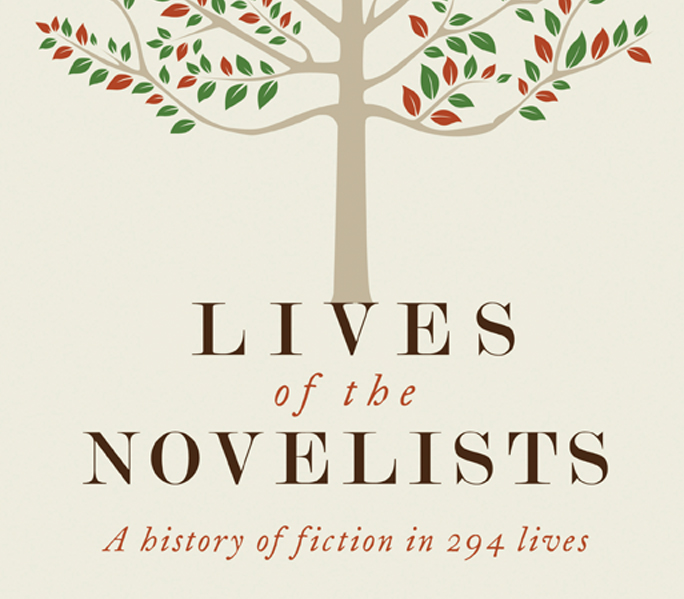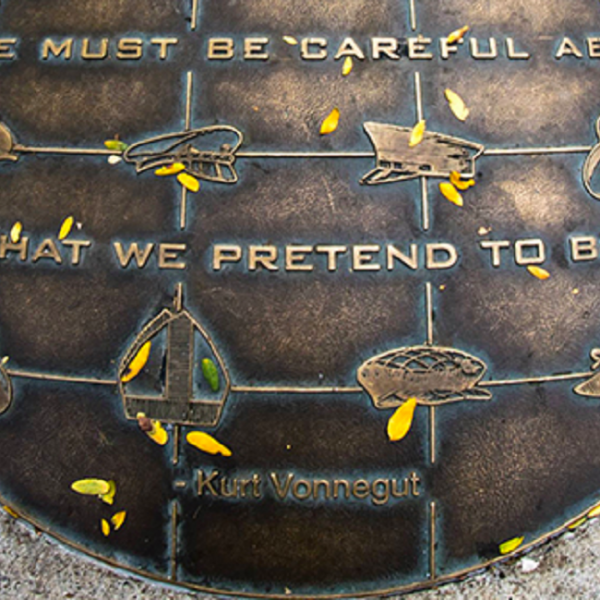John Sutherland on Sir Arthur Conan Doyle

John Sutherland
Thanks to the BBC’s hit TV series Sherlock, “I Am Sher-Locked” is the latest “it”-phrase among admirers of Sir Arthur Conan Doyle’s brilliant madcap detective, Sherlock Holmes. Yet Doyle himself was never quite so locked on Sherlock as his fan-base. In his celebration of novel history’s giants, Lives of the Novelists: A History of Fiction in 294 Lives, now available from Yale University Press, John Sutherland sheds light on why Holmes was both the bane and the blessing of his creator’s career.
John Sutherland—
All through his early years at Southsea, Doyle had kept up his writings on the side and in 1886 played around with stories centred on an ‘amateur private detective’, called ‘J, Sherrinford Holmes.’ The outcome was the Sherlock Holmes novella, A Study in Scarlet(1887). No top-drawer publisher would take it and it was eventually serialized in a magazine edited by Mrs. Beeton’s husband. As usual with innovative works, the big-name publishers got it wrong. This mystery of double murder in Utah and London caught the public taste and Doyle followed it up with another Holmes adventure, The Sign of Four (1890). Doyle put something of himself into Sherlock Holmes but the sleuth was mainly inspired by a sharp-eyed teacher at Edinburgh, Dr. Joseph Bell, a virtuoso at diagnosing illness by symptomatic ‘clues’, invisible to others. Early in 1891, Doyle submitted two stories to H. Greenhough Smith of the Strand Magazine. The editor reportedly realised ‘that here was the greatest short story since Edgar Allen Poe’. These Sherlock Holmes stories were devised to correct ‘the great defect’ in current detective fiction – lack of logic. They were illustrated by Sidney Paget, who supplied the detective with his trademark deerstalker and aquiline profile.
Doyle’s heart was never really in detective fiction. Holmes, he complained, ‘takes my mind from better things.’ Nevertheless the stories were phenomenally popular in Britain and America and overshadowed everything else Doyle would ever write. In fact, his writing was extremely diverse. It includes such ambitious historical romances as Micah Clarke (1889), a story of the 1685 Rebellion and its defeat at Sedgemoor, told autobiographically by one of Monmouth’s humble followers. The White Company (1891), another historical romance, was the author’s own favourite work. The action is set in the Hundred Years War in France, and follows the exploits of a company of English bowmen. Doyle also invented the series heroes Professor Challenger (see The Lost World, 1912) and Brigadier Gerard. But, vary his game as he might, he was doomed to be the creator of Sherlock Holmes however much he chafed under it. In 1893, he killed the detective at the Reichenbach Falls, only to have to bring him back to life in 1901 and again in 1903.
 Much as he came to hate him, Holmes made Doyle rich. With the aid of the agent A.P. Watt, the novelist was earning as much as ₤1,600 a year by his pen in 1891, and by the end of the century was one of the richest of British men of letters. Doyle was a hearty man, loving cricket (he played for the MCC and on one glorious occasion bowled out W.C. Grace), shooting and motoring – an expensive hobby which Holmes subsidised handsomely, as he did world travel and a country-house lifestyle. No pigging it in Baker Street digs for Arthur Conan Doyle. Rodney Stone (1896) reflects Doyle’s enthusiasm for the manly art of pugilism. Set in the early nineteenth century, it introduces Beau Brummel and other historic notables into the action, and earned the author ₤5,000, a handsome purse. Above all, Doyle loved skiing. He picked up the enthusiasm in Davos (where his wife went for the sake of her lungs) and popularized the sport – enriching Switzerland even more than Holmes had enriched the Strand’s proprietor, George Newnes.
Much as he came to hate him, Holmes made Doyle rich. With the aid of the agent A.P. Watt, the novelist was earning as much as ₤1,600 a year by his pen in 1891, and by the end of the century was one of the richest of British men of letters. Doyle was a hearty man, loving cricket (he played for the MCC and on one glorious occasion bowled out W.C. Grace), shooting and motoring – an expensive hobby which Holmes subsidised handsomely, as he did world travel and a country-house lifestyle. No pigging it in Baker Street digs for Arthur Conan Doyle. Rodney Stone (1896) reflects Doyle’s enthusiasm for the manly art of pugilism. Set in the early nineteenth century, it introduces Beau Brummel and other historic notables into the action, and earned the author ₤5,000, a handsome purse. Above all, Doyle loved skiing. He picked up the enthusiasm in Davos (where his wife went for the sake of her lungs) and popularized the sport – enriching Switzerland even more than Holmes had enriched the Strand’s proprietor, George Newnes.
Louise Doyle was thirteen years dying. For ten of those years her husband was passionately involved with a woman almost young enough to be his daughter. Free at last, he married Jean Leckie in 1907, a year after the death of Louise. Doyle had children (by both Louise and Jean), but his relationship with them seems to have been remote.
Doyle was a convinced imperialist. During the Boer War he offered his rusty medical services to the armed forces and propagandised for the English cause. One of his anti-Boer ‘war pamphlets’ sold half a million copies. He was knighted by a grateful government in 1902. Doyle was similarly active as a patriotic front-line reporter in the First World War and made himself England’s foremost novelist-propagandist, along with Mrs. Humphrey Ward (whom he admired) and Hall Caine (whom he despised). He lost a son and a favourite brother in the Great War, which may have predisposed his cranky adherence to spiritualism in his last years.
All his adult life, Doyle was extraordinarily diligent as a writer to the press and attached himself to innumerable causes. Some, such as his defense of wrongly convicted criminals, were noble. His campaign to clear the alleged ‘horse slasher’, George Edalji, inspired a worthy act of literary homage, Julian Barnes novel, Arthur and George (2005). Other causes – notably his crusade on behalf of the ‘Cotingley fairies’ – brought ridicule. Few writers have retained their posthumous popularity more bestsellingly. It is nice to think of his spirit (did such things, as Doyle believed, exist) slipping into a Leicester Square cinema to catch a showing of the 2009, Guy Ritchie-directed, Robert Donwy Jr.-starring movie Sherlock Holmes.
John Sutherland is Emeritus Lord Northcliffe Professor of Modern English at University College London. Excerpted from Lives of the Novelists: A History of Fiction in 294 Lives © 2011 by John Sutherland.




